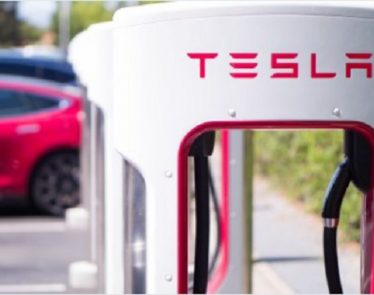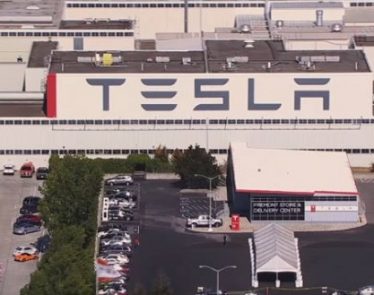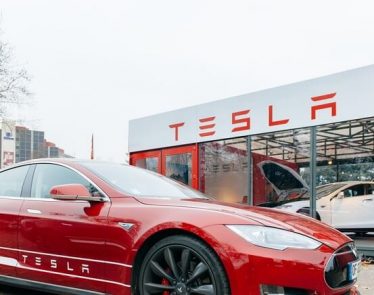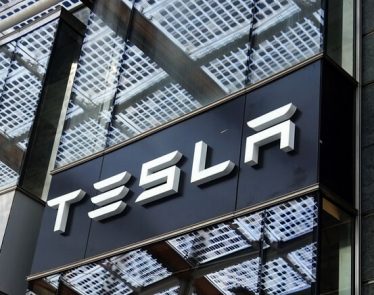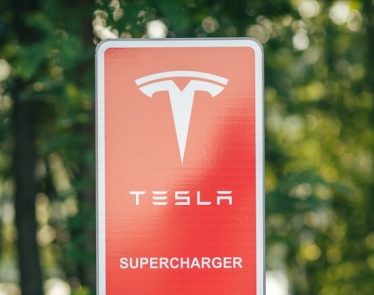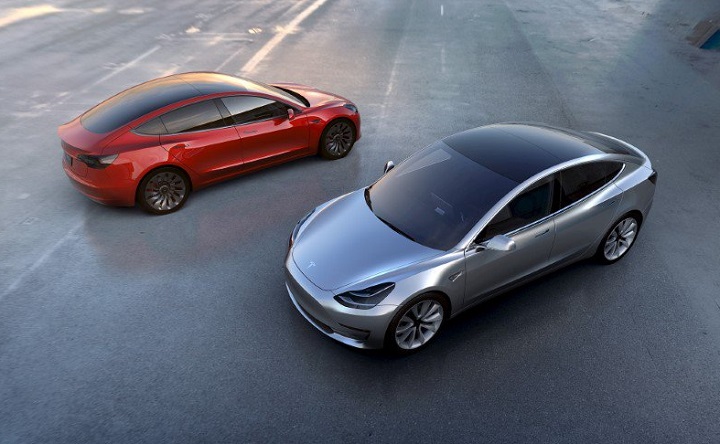
Starting this weekend (July 15-16), Tesla’s (NASDAQ:$TSLA) highly-anticipated electric vehicle Model 3 will slowly start to roll off the assembly line and onto the market. The Model 3, priced at $35,000, is aimed at the general population, or those who can’t afford the expensive Model S sedan or the Model X SUV. On average, the Model S and Model X costs about $100,000, clearly marketed as a luxury vehicle.
As such, the Model 3 is a game changer for both Tesla and the electric vehicle industry. Not only is it affordable, but the vehicle will also include some major changes — one of which is the traditional instrument cluster, a feature found in many, if not all, automobiles.
The instrument cluster is made up of gauges — a speedometer and tachometer — and is located behind the steering wheel. The speedometer displays the speed that your vehicle is going in, and the tachometer informs the driver how fast the car’s engine is running. Since its introduction, several vehicles have introduced digital displays of the instrument cluster, like Audi’s (ETR:$NSU) system in 2016 that turned the cluster into what the company called a “virtual cockpit”. The cockpit can display a number of customized information in addition to the speedometer and tachometer.
However, based on several rumors, it seems like Tesla’s Model 3 may be getting rid of the instrument cluster and instead only make use of a large central infotainment touch screen. Drivers can control most vehicle functions through the central screen, as well as display the same data that a traditional instrument cluster does with its round gauges.
While the rumors have yet to be confirmed, as Tesla has yet to release any pictures of the interior of the vehicle, there is a reasonable logic in terms of manufacturing behind getting rid of the instrument cluster. Having no instrument cluster means that the dash of the vehicle will be easier — and probably faster — to assemble and install.
It should be noted that Tesla CEO Elon Musk has strongly emphasized the fact that the Model 3 was designed for mass production — and with Tesla’s ambitious production goal of reaching millions of vehicles annually, the assembly will need to be pretty simple. As such, anything that can be eliminated from production to save time and cut down on complexity is a good thing.
Featured Image: Twitter




